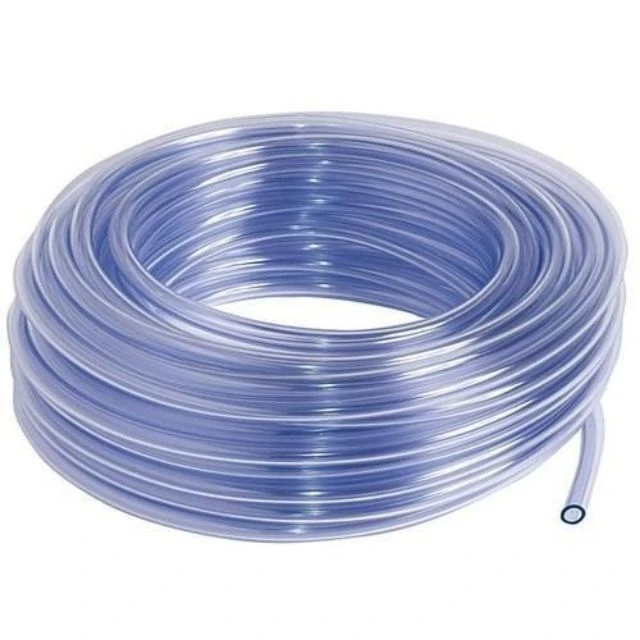Flexible Aluminum Foil Duct Solutions for Improved Airflow and Ventilation Efficiency
The Versatility of Flexible Aluminum Foil Ducts in HVAC Applications
In the realm of heating, ventilation, and air conditioning (HVAC), one material has emerged as a favorite among contractors and engineers flexible aluminum foil duct. This innovative product combines practicality with efficiency, making it an essential component in modern ductwork systems.
What is Flexible Aluminum Foil Duct?
Flexible aluminum foil duct is a lightweight and flexible tubing made from layers of aluminum and other materials. Its construction allows it to be easily bent and maneuvered around tight spaces, making installation straightforward even in the most challenging environments. Typically, this ductwork is used to distribute air from HVAC units to various areas within a building.
Key Advantages
1. Lightweight and Easy to Install One of the most significant benefits of flexible aluminum foil duct is its lightweight nature. Unlike traditional rigid ducting, flexible ducts can be transported and installed with minimal labor, significantly reducing installation time and costs. Their flexibility allows them to fit into narrow or awkward sections of a building’s design, making them an ideal choice for retrofitting existing spaces.
2. Efficient Airflow The smooth interior surface of aluminum foil ducts provides low resistance to airflow, which enables efficient air distribution. This characteristic is essential for maintaining balanced atmospheric conditions within a building, ensuring that all rooms receive adequate heating or cooling.
3. Durability and Longevity Made from high-quality aluminum, these ducts are resistant to moisture and corrosion, which are common problems in HVAC systems. This durability means that flexible aluminum foil ducts can withstand the rigors of day-to-day operation and can last for many years without needing replacement.
flexible aluminum foil duct

4. Energy Efficiency In recent years, energy efficiency has become a paramount concern for both consumers and businesses. Flexible aluminum foil ducts contribute towards energy savings by minimizing air leakage, a common issue in ductwork systems. Tight seals reduce the chances of conditioned air escaping, leading to reduced energy consumption and lower utility bills.
5. Versatile Applications Flexible aluminum foil ducts are not limited to residential applications; they are equally effective in commercial and industrial settings. They can be used in a wide range of environments, including server rooms, manufacturing facilities, and even in temporary structures such as tents and event venues.
Installation Considerations
While flexible aluminum foil ducts offer numerous benefits, proper installation is crucial to ensuring optimal performance. Connect joints should be secured tightly with appropriate bands or tape to prevent air leaks. Additionally, it’s important to avoid sharp bends in the ducting, as these can create restrictions in airflow.
Moreover, when using these ducts in areas where they may be exposed to high temperatures, it is essential to select products that are specifically designed to handle such conditions. Always adhere to local building codes and regulations to ensure safety and efficiency.
Conclusion
Flexible aluminum foil ducts represent a vital advancement in ductwork technology, marrying flexibility with performance in HVAC systems. With their numerous advantages such as ease of installation, excellent airflow efficiency, and durability, it’s no wonder they are gaining popularity among homeowners and contractors alike. As energy efficiency becomes increasingly important, choosing the right ductwork solution is paramount, and flexible aluminum foil duct may just be the answer for many applications.
In summary, embracing this modern duct solution can facilitate better air distribution while simultaneously supporting energy conservation efforts, making it a smart choice in today’s environmentally conscious world.
-
Welded Wire Mesh Panel: Durable, Versatile, and AffordableNewsJul.28,2025
-
Top Quality Oxy Acetylene Hoses for Sale Fit for Welding DemandsNewsJul.28,2025
-
The Future of Pneumatic Air Tubes in IndustryNewsJul.28,2025
-
Superior and Reliable LPG Hose Pipe Solutions for Every NeedNewsJul.28,2025
-
Exceptionally Durable and Versatile Premium Braided PVC TubingNewsJul.28,2025
-
Best Adapters for Connecting Garden Hose to PVC Pipe ConnectionsNewsJul.28,2025














